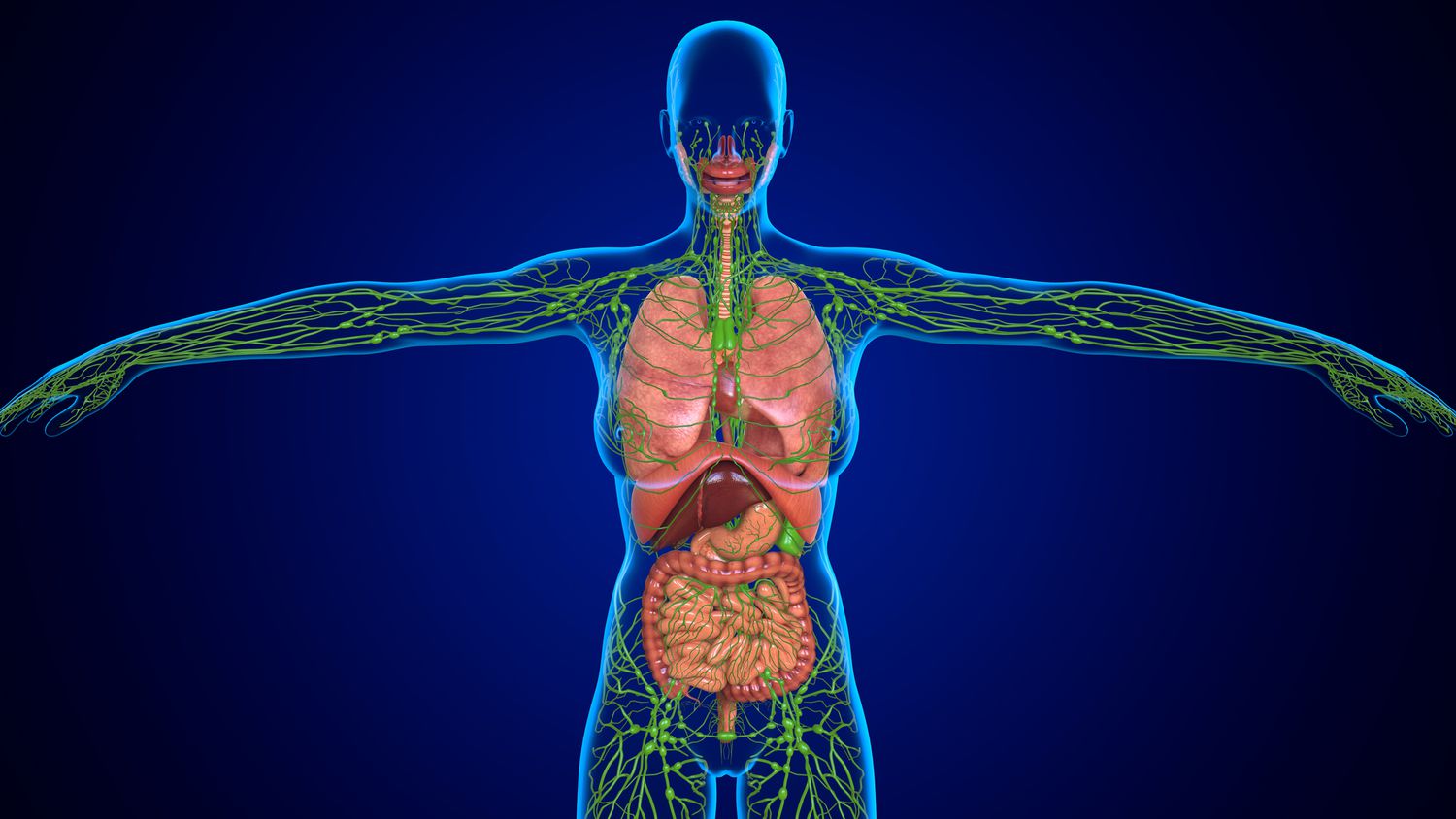
Alezzandrini Syndrome is a rare disorder that affects the eyes, ears, and skin. Symptoms often include vision loss, hearing impairment, and skin pigmentation changes. This condition typically begins in one eye, leading to progressive vision loss. Hearing issues usually follow, often resulting in partial or complete deafness. Skin changes, such as patches of lighter or darker pigmentation, may also appear. The exact cause remains unknown, but it is believed to involve an autoimmune response. Diagnosis can be challenging due to its rarity and overlapping symptoms with other conditions. Treatment focuses on managing symptoms and improving quality of life.
What is Alezzandrini Syndrome?
Alezzandrini Syndrome is a rare disorder that affects multiple parts of the body, including the eyes, skin, and ears. This condition can lead to a variety of symptoms, making it a complex syndrome to understand. Here are some intriguing facts about Alezzandrini Syndrome.
-
Alezzandrini Syndrome is named after Italian ophthalmologist Antonio Alezzandrini, who first described the condition in 1944.
-
This syndrome is extremely rare, with only a few dozen cases reported worldwide.
-
It primarily affects young adults, usually between the ages of 20 and 40.
-
One of the hallmark symptoms is unilateral vision loss, meaning it typically affects only one eye.
Symptoms of Alezzandrini Syndrome
The symptoms of Alezzandrini Syndrome can vary widely from person to person. Here are some of the most common symptoms associated with this condition.
-
Individuals may experience progressive hearing loss, often starting in one ear.
-
Skin changes, such as vitiligo, can occur, leading to patches of depigmented skin.
-
Some patients report experiencing tinnitus, a ringing or buzzing noise in the ears.
-
The syndrome can also cause retinal detachment, a serious condition where the retina separates from the back of the eye.
Causes and Diagnosis
Understanding the causes and how Alezzandrini Syndrome is diagnosed can provide insight into this rare condition.
-
The exact cause of Alezzandrini Syndrome is unknown, but it is believed to be an autoimmune disorder.
-
Diagnosis often involves a combination of clinical evaluation, imaging studies, and laboratory tests.
-
Genetic testing may be used to rule out other conditions with similar symptoms.
-
Early diagnosis is crucial for managing symptoms and preventing complications.
Treatment Options
While there is no cure for Alezzandrini Syndrome, various treatments can help manage the symptoms.
-
Corticosteroids are often prescribed to reduce inflammation and slow the progression of symptoms.
-
Hearing aids or cochlear implants can assist those with hearing loss.
-
Regular eye exams are essential for monitoring and treating vision-related issues.
-
Skin treatments, such as topical creams or light therapy, can help manage vitiligo.
Living with Alezzandrini Syndrome
Living with Alezzandrini Syndrome can be challenging, but understanding the condition can make it more manageable.
-
Support groups and counseling can provide emotional support and practical advice.
-
Maintaining a healthy lifestyle, including a balanced diet and regular exercise, can improve overall well-being.
-
Patients should avoid exposure to loud noises to protect their hearing.
-
Regular follow-ups with healthcare providers are essential for monitoring the condition and adjusting treatments as needed.
Research and Future Directions
Ongoing research is crucial for better understanding and treating Alezzandrini Syndrome.
-
Scientists are exploring the genetic and immunological factors that may contribute to the syndrome.
-
New treatments and therapies are being developed to improve the quality of life for those affected by this rare condition.
Final Thoughts on Alezzandrini Syndrome
Alezzandrini Syndrome remains a rare and complex condition. Understanding its symptoms, causes, and treatment options can help those affected manage their health better. Early diagnosis is crucial for effective treatment. Regular check-ups and consultations with specialists can make a significant difference.
Support groups and online communities offer valuable resources and emotional support. Staying informed about the latest research and advancements in treatment can also provide hope.
Raising awareness about Alezzandrini Syndrome can lead to more research funding and better treatment options. Sharing information with friends, family, and healthcare providers can make a big impact.
Remember, knowledge is power. The more we learn about Alezzandrini Syndrome, the better we can support those living with it. Stay curious, stay informed, and keep advocating for better health outcomes.
Was this page helpful?
Our commitment to delivering trustworthy and engaging content is at the heart of what we do. Each fact on our site is contributed by real users like you, bringing a wealth of diverse insights and information. To ensure the highest standards of accuracy and reliability, our dedicated editors meticulously review each submission. This process guarantees that the facts we share are not only fascinating but also credible. Trust in our commitment to quality and authenticity as you explore and learn with us.


